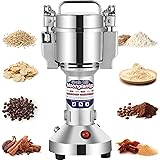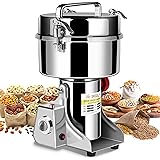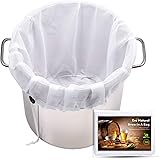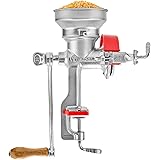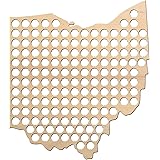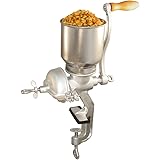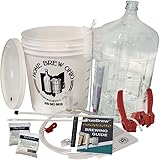Many coffee lovers cherish the smooth, low-acid profile of cold brew, yet the thought of purchasing expensive specialized equipment often deters them from brewing it at home. However, you do not need an elaborate setup to achieve fantastic results. As shown in the video above, crafting a delightful cold brew is remarkably simple and requires only a common kitchen item: your trusty French press.
This method leverages the accessible tools already in your cupboard, transforming your home coffee experience. By following a few straightforward steps, you can consistently produce high-quality cold brew that rivals your favorite coffee shop versions, all while saving significant money in the long run. We will delve deeper into the specifics, ensuring every aspect of your cold brew journey is both clear and incredibly rewarding.
Mastering the French Press Cold Brew Recipe
Creating delicious cold brew in a French press is incredibly convenient, emphasizing the beauty of simplicity in coffee preparation. This brewing method relies on immersion, allowing coffee grounds to steep gently in cold water over an extended period. The result is a concentrate known for its inherent sweetness and notably reduced bitterness compared to hot-brewed coffee, making it a favorite for many.
1. Selecting Your Coffee and Optimal Grind Size for Cold Brew
The type of coffee bean significantly influences the final flavor profile of your cold brew. Opt for fresh, quality whole beans that you can grind yourself just before brewing for the best results. A medium-to-dark roast often performs exceptionally well, yielding rich, chocolatey, or nutty notes.
Regarding grind size, consistency is key, and for French press cold brew, a medium-coarse grind is absolutely essential. This specific grind size is visibly coarser than what you would use for drip coffee, often resembling coarse sea salt. The video highlights this crucial detail, suggesting a coarser grind helps mitigate bitterness, especially during the long brewing cycle. A finer grind would lead to over-extraction, resulting in a muddy texture and an unpleasantly bitter taste due to excessive surface area contact. Conversely, an overly coarse grind might under-extract, leading to a weak and watery beverage.
2. The Perfect Cold Brew Ratio: Coffee to Water
Achieving the ideal balance between coffee grounds and water is fundamental for a well-extracted, flavorful cold brew concentrate. The video specifies a precise ratio of 20 grams of coffee for every 250 milliliters of water. This translates to an approximate 1:12.5 coffee-to-water ratio, which is robust enough for a concentrate that can be diluted later.
Consequently, for a standard 750-milliliter French press, you will need 60 grams of coffee grounds. This ratio produces a strong concentrate, offering flexibility for dilution with water, milk, or ice. Many coffee enthusiasts discover that experimenting slightly with this ratio allows them to fine-tune the strength to their personal preference. For instance, some prefer a slightly stronger 1:10 ratio, while others might lean towards a milder 1:15.
3. Brewing Time and Temperature for Cold Brew Excellence
The extended brewing time is the cornerstone of cold brew’s unique characteristics, allowing for a slow, gentle extraction that yields low-acid coffee. After combining your precisely measured coffee grounds and cold, filtered water in the French press, it is critical to cover the mixture. You can either place the French press lid on without plunging or use a piece of plastic wrap, such as Glad Wrap, to seal the top effectively.
This covered French press should then be refrigerated, maintaining a consistently cool brewing temperature. The ideal steeping duration ranges from 18 to 24 hours. A shorter brew time, perhaps 12-16 hours, might result in a weaker, less developed flavor, whereas exceeding 24 hours could potentially lead to some undesirable bitterness or an over-extracted taste. Research indicates that the majority of desired flavor compounds are fully extracted within this optimal 18-24 hour window, ensuring maximum flavor without the harshness.
4. The Final Steps: Plunging and Serving Your Homemade Cold Brew
Once the recommended brewing period has elapsed, retrieve your French press from the refrigerator. The next step is straightforward yet crucial: slowly and steadily press down the plunger. This action effectively separates the spent coffee grounds from your freshly brewed cold brew concentrate. A slow plunge minimizes disturbance to the grounds, preventing fine particles from escaping into your brew.
Your rich, smooth cold brew concentrate is now ready to serve. You can dilute it with cold water, add milk or cream, or pour it over ice for an instant refresh. This concentrated form also allows for versatility in beverages, from iced lattes to various coffee cocktails. Properly stored in an airtight container in the refrigerator, homemade cold brew can maintain its quality and flavor for up to two weeks, providing you with delicious coffee for days.


